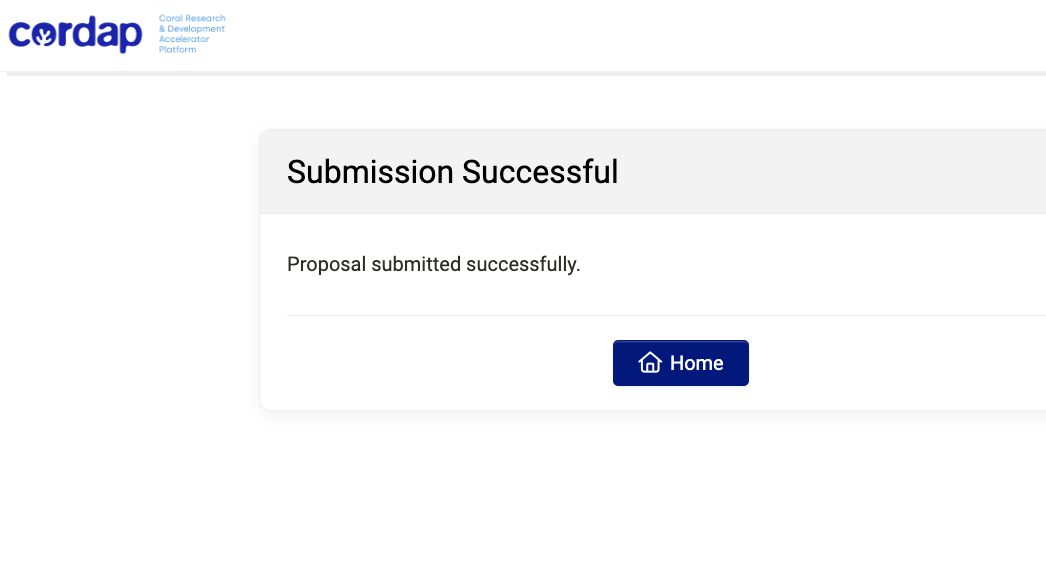 In 2020, the United Nations launched the Sustainable Development Goals, which are a set of 17 aims that we all can agree would make our planet a better place. They include alleviating hunger, providing quality education to all children, reducing inequality, and providing clean water for all.
In 2020, the United Nations launched the Sustainable Development Goals, which are a set of 17 aims that we all can agree would make our planet a better place. They include alleviating hunger, providing quality education to all children, reducing inequality, and providing clean water for all.
Sustainable Development Goal 14 is Life Below Water: Conserve and sustainably use the oceans, seas and marine resources for sustainable development. Considering that all the water on our planet – ninety-nine percent of our planet’s habitable space — is allotted a single goal, the funding gaps are huge. Only one hundreth of one percent (you read that right: 0.01%) of all funding goes to Life Below Water; it is the least funded of all the SDGs.
However, in the last few years, coral reef have had a few more opportunities than in the past. One of those is called the Coral R&D Accelerator Program. Like a high-tech accelerator, the idea of the opportunity is to develop novel ideas that push the limits of what’s been thought of before and to discover new, scalable tools that can really help reefs. The Program offers very large grants, as much as $1.5 million, for winning projects. There has never been another comparable funding opportunity for coral reefs.
After we discovered the unusual resilience of Tela, we began to consider applying for a CoRDAP grant. It’s a non-trivial amount of work to write the proposal and a lot of teams apply. Given the overall lack of opportunity in this space, the competition is stiff.
At the same time, the evidence that there is something unusual about the coral reefs in Tela continues to grow. A large grant could mean that we could build a biobank, study the corals genetics, develop a monitoring program of the bay, and understand what makes these corals resilient in time to help other reefs.
We assembled a team that includes our partners in Honduras, Tela Marine and Coastal and Marine Research, as well as scientists from the University of Miami, Keys Marine Lab, and Triton Ocean Exploration Society and wrote the strongest project plan we could. About one hundred other groups from around the world also submitted their best efforts. I’m sure we all crossed our fingers when we hit send on our submissions.
Just after the Reef Futures meeting in December, we were notified that we were one of 20 groups invited to the second round of the funding process. Reaching that level of accomplishment felt like a real achievement. It validates our efforts to bring scientific attention to this unusual site and shows that the coral community is now interested in the work we are doing.
Writing the full proposal required for the second round of submission meant clarifying our objectives and detailing how our efforts would be scalable and transferable to other places. Regardless of what happens, the work we have done through this process will serve as a strategic plan for efforts over the next years. Of course, we are very hopeful that we’ll receive this grant, it would be transformative for Tela’s reefs and potentially reefs across the Caribbean. But we know where we are headed and what we need to do to get there.
Fingers majorly crossed. We’ll find out more this summer.
